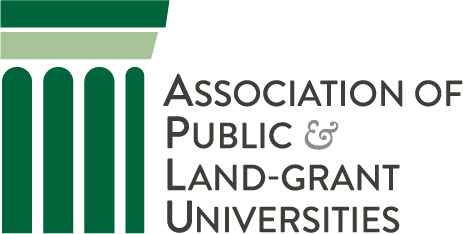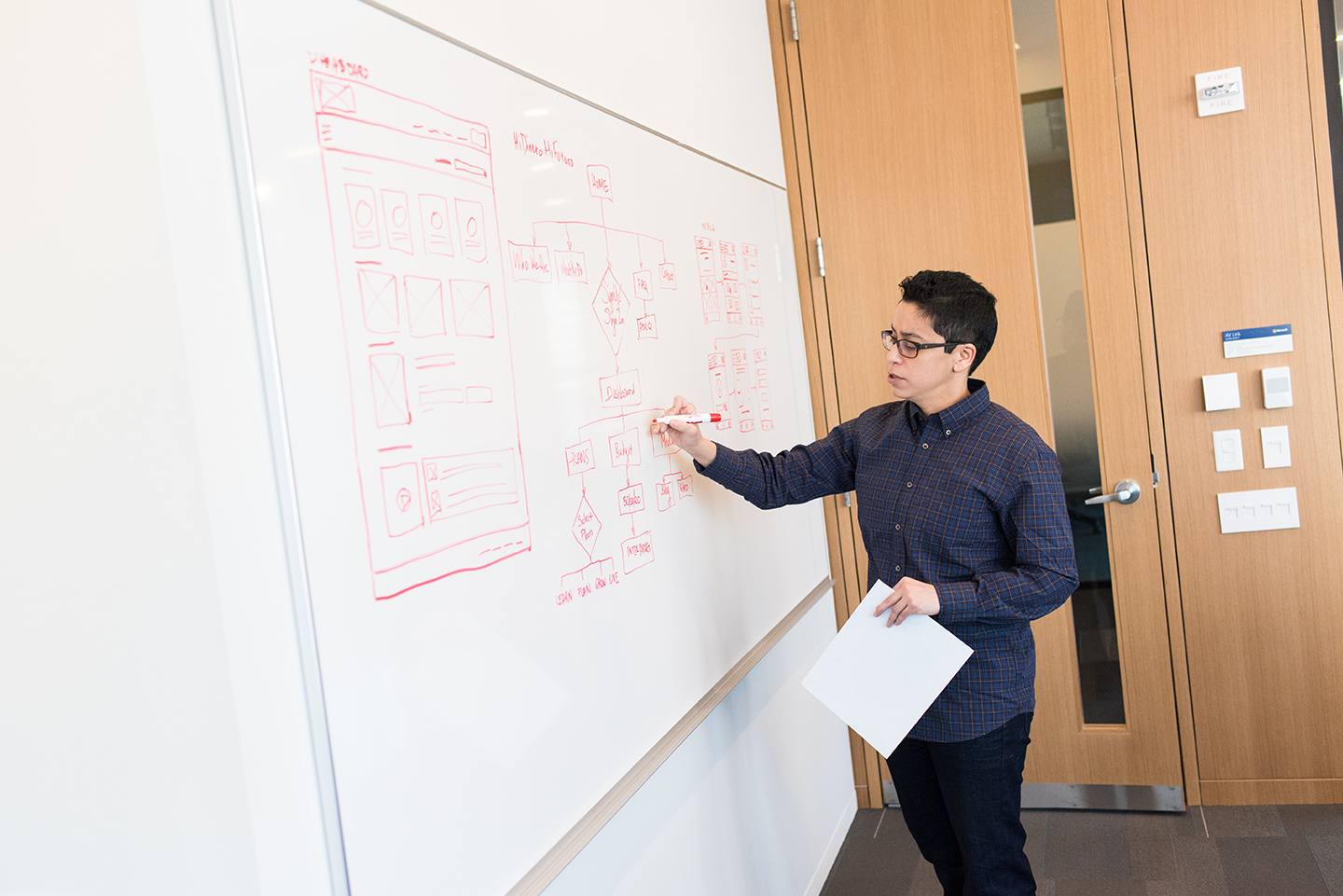When the administration at The University of Texas at El Paso (UTEP) decided to pilot an adaptive learning initiative targeting equity gaps, one main goal was to build a model or framework that could be replicated beyond the pilot. They hope to extend the use of adaptive learning throughout the institution, which has an enrollment of 25,000 students in 10 colleges and schools.
With the right on-the-ground champions, the UTEP administration hoped to create an adaptive learning framework that drives institutional change, influences the adoption of digital learning technology across the campus, and creates equitable learning outcomes for Black, Latino, Indigenous, first-generation, and poverty-affected students.
Related reading — Championing Adaptive Learning Courseware: One Department Chair’s Story
Three first steps to an adaptive learning framework
1. Identify a project leader
William Robertson, Provost Faculty Fellow and Professor of Teacher Education at UTEP, was appointed to facilitate the effort. Robertson has experience leading initiatives in hybrid learning, split classrooms, online learning, and course redesign. Laura DaVinci, Associate Director of Every Learner Everywhere, says Robertson was a strong, engaged, and well-networked project lead.
Related reading — The Role of Equity-Minded Leadership in Campus DEI Initiatives
2. Secure funding
Next, the administration applied for, and received, a grant from the Association of Public & Land-grant Universities (APLU) that was targeted to introductory courses with high DFW rates (the rate of D and F grades or withdrawals).
Like other institutions that don’t have access to grant funding for projects like this, UTEP also provided resources of its own to support the pilot. As Karen Vignare, Executive Director of Personalized Learning Consortium at the APLU, discusses in 5 Steps to a Successful Implementation of Adaptive Learning, “Instructors wear many hats and need time to do course redesign well. Institutions need to look at ways to change faculty workload or obligations to free up needed time for course redesign.”
3. Identify a program
After scanning various departments, the institution identified a grassroots effort by six professors in the Department of Biological Sciences who were looking to redesign their courses. This group was already in conversation about how digital learning technologies could be integrated meaningfully into introductory courses to support student success. The proposed pilot aligned well with their needs. Robertson approached this group with funding, and the project was initiated in the spring of 2019.
Related reading — Teamwork to Seed Change: How Foreign Language Faculty at the University of Central Florida Are Improving Learning Outcomes
The right combination
Having the right combination of experience on the project team can make the difference between success and failure. Robertson says establishing the project team and process was organic and enjoyable, and he had previously worked with three of the six biology professors.
“Because this group already wanted to make a change, the team members were well suited to the project,” Robertson says. “My goal was not to impose but to act as a facilitator.”
As a representative of the Provost’s office, Robertson could identify where resources could be found to support the project, such as additional expertise and technical support. He had a track record for building trust among stakeholders and keeping a project focused.
Jeffrey Olimpo, Assistant Professor of Biological Sciences at UTEP, was the faculty lead for the project. He says he and his colleagues were well suited to the adaptive initiative because of their passion for student learning and successful outcomes. Everyone was curious and open minded, and the Department of Biological Sciences, in general, already had a collegial culture that would support the project.
The project team began meeting every two weeks, and Robertson established a project schedule tied to the grant funding milestones. The team set goals, defined objectives, and recorded decisions.
Defining goals and objectives
The biology faculty were purposeful in their approach to the initiative. Before the pilot began, they had already been thinking about syllabi, redesigning courses, and the extent to which adaptive learning could be integrated successfully into their courses to improve student achievement and degree progress. But, they hadn’t formalized their goals and objectives.
Olimpo says, “The idea was already there. You just had to nudge us collectively because we had this deep-seated interest in working toward change. But, we didn’t want to just pick something for the sake of making a change.”
Reducing student costs was also an important objective for the team.
The team reviewed their syllabi. Using a backward design approach, they focused heavily on learning objectives for their courses. This model recommends defining student learning goals first, then choosing how to assess progress toward those goals and what instructional methods and activities will promote progress.
Related reading — How Students Experience the Stress of College Affordability: A Q&A With Sara Goldrick-Rab
Striving for alignment
Olimpo says, “This pilot was a golden opportunity to attain alignment, not just in our courses but alignment for us as instructors.”
In particular, the biology faculty wanted to ensure students learned the same concepts and had the same learning experience in a class regardless of which instructor taught it. Some courses in the biology department average 150 students in a section, so there could be a couple of thousand students taking the course with a wide range of outcomes. Their goal was an adaptive learning framework without “cookie cutter” courses or taking away an instructor’s individuality. They looked for places where they could overlap and align while acknowledging their own unique pedagogical approaches.
The team selected two introductory high-enrollment courses, General Biology and Organismal Biology, in which to implement adaptive learning as part of the pilot.
“We were looking at having faculty come together and align the student outcomes, the assessments, and activities that they do in class or online,” Robertson says. “Each professor might teach their class quite differently.” The goal was to create the conditions for consistent, and better, student outcomes.
The pilot
Once the team defined a solid set of objectives, they evaluated adaptive learning platforms. Vendors demonstrated their products, team members did research on their own, and they talked to peers on campus who were using different products. APLU brought peers from other institutions to UTEP to discuss their successful adaptive learning initiatives.
By spring 2020, the project team had developed a framework and started a pilot with two introductory biology classes. They used a publishing product called LearnSmart. To lower student costs — and therefore support accessibility and equity at UTEP — they are researching open education resources for the Fall 2020 semester.
Related reading — Disaggregating Learning Data to Support Equity Efforts: Resources for College and University Instructors
What will the framework look like and how will it scale up?
At the end of fall 2020, the team expects to have a framework for implementing adaptive learning in other departments. Olimpo envisions a model that includes a sample syllabus, a sample lecture, a sample activity, and a sample assessment.
The team is creating templates and courses within their Blackboard learning management system that Olimpo describes as a “playground space.”
But, Olimpo doesn’t view the model as something you can package in a box or write on paper. Instead, peer-to-peer advising will be important, with members of the biology faculty supporting faculty in other departments. He looks forward to sharing tools the biology team created and encouraging other departments to design from their own goals.
“When you think about sustainability and scalability, you have to relay the content, context, and background we used to develop it,” Olimpo says. “Our department is highly collegial, and we support each other, so we would gladly support other departments that are trying to implement adaptive learning. We want to avoid working in silos, instead collectively and collaboratively working toward a big picture of better student outcomes throughout the university.”
That’s what Professor Robertson and DaVinci of Every Learner Everywhere mean by finding on-the-ground champions who can drive institutional change. Although the UTEP team’s model isn’t quite ready to implement in other departments yet, they are already planning to scale up their framework to other courses and sections in the Department of Biological Sciences. Excitement is rising, and peers from other departments are curious to learn more.
Download the Adaptive Courseware Implementation Guide
Originally published August 2020. Updated August 2021 with additional information and references.




